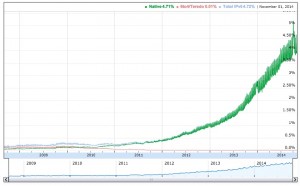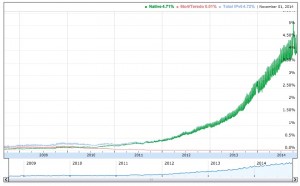 Congratulations to IEDR for the signing of Ireland’s .IE country-code top-level domain (ccTLD) with DNSSEC!
Congratulations to IEDR for the signing of Ireland’s .IE country-code top-level domain (ccTLD) with DNSSEC!
IEDR’s Billy Glynn sent the following message to the dnssec-deployment mailing list this morning:
As of 11:11:19 GMT, IEDR has published a DNSSEC signed zone. Our DS RR has been submitted for inclusion in the Root Zone.
Until the end of Q1 2015, we will only be accepting 2nd-level DS RRs manually. Thereafter, our applications will do so.
For reference, our DPS is here:
https://www.iedr.ie/dnssec/IEDR-DPS_v1.0.pdf
Separately we saw tweets from both IEDR and Billy:
IEDR, the registry behind the .IE domain, also published a news announcement this morning that included this statement from Billy Glynn:
“we’re delighted to have pushed out our first DNSSEC signed zone. We’ve been signing the IE zone in parallel systems for over two years now and we feel this is a good time to deploy in production. This is an exciting initiative that will allow IE domain holders to leverage other security protocols such as DANE and it’s variants which will add extra security to email and websites.”
The announcement also included a link to join the mailing list for Ireland’s DNSSEC Task Force and a link to a separate page about DNSSEC that includes IEDR’s deployment timeline.
We’re delighted that IE has joined the 102 other ccTLD’s around the world that have signed with DNSSEC and look forward to seeing the growth of signed second-level .IE domains!
By the way, if you have a second-level .IE domain (or any other domain) and want to get started with DNSSEC, please visit our Start Here page to find resources tailored to your type of organization or role.
P.S. The news about .IE being signed came out after this week’s DNSSEC deployment maps were distributed via email. We look forward to being able to see Ireland wearing an appropriate shade of green in next week’s distribution of the maps!










